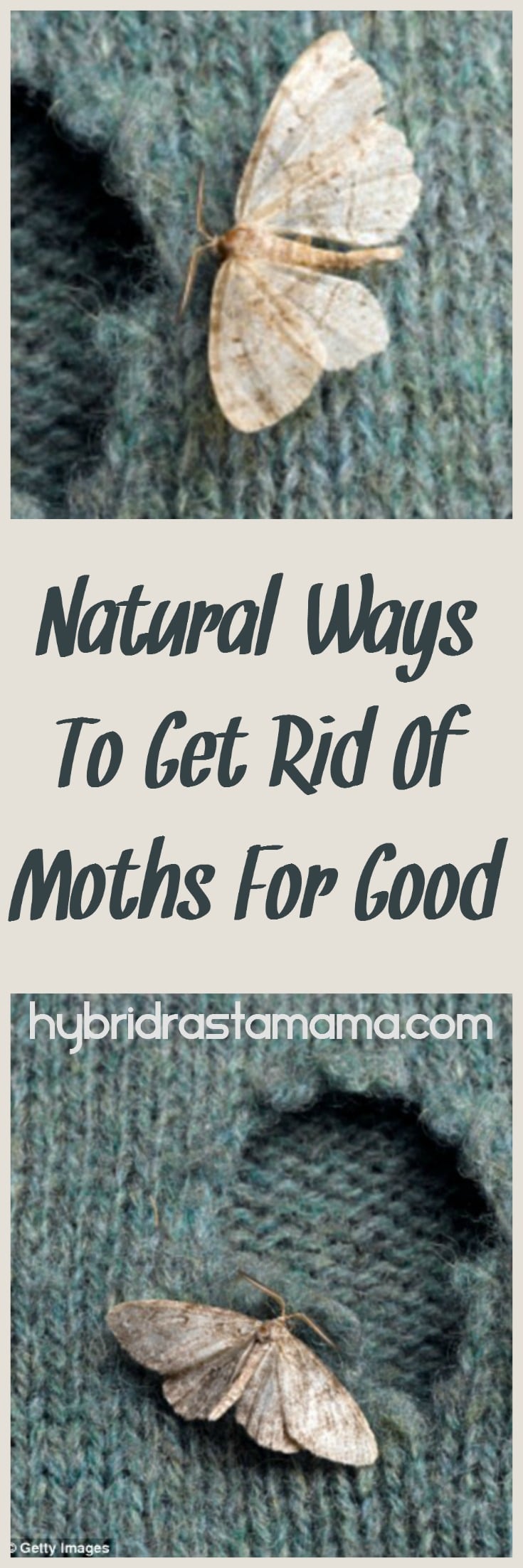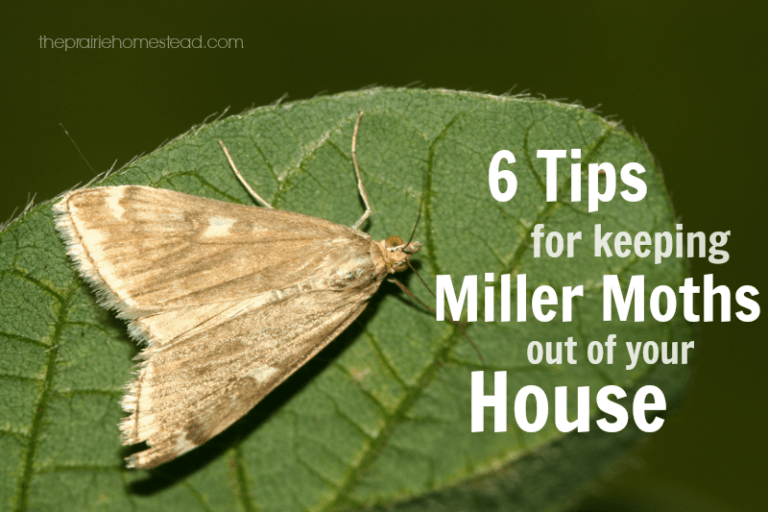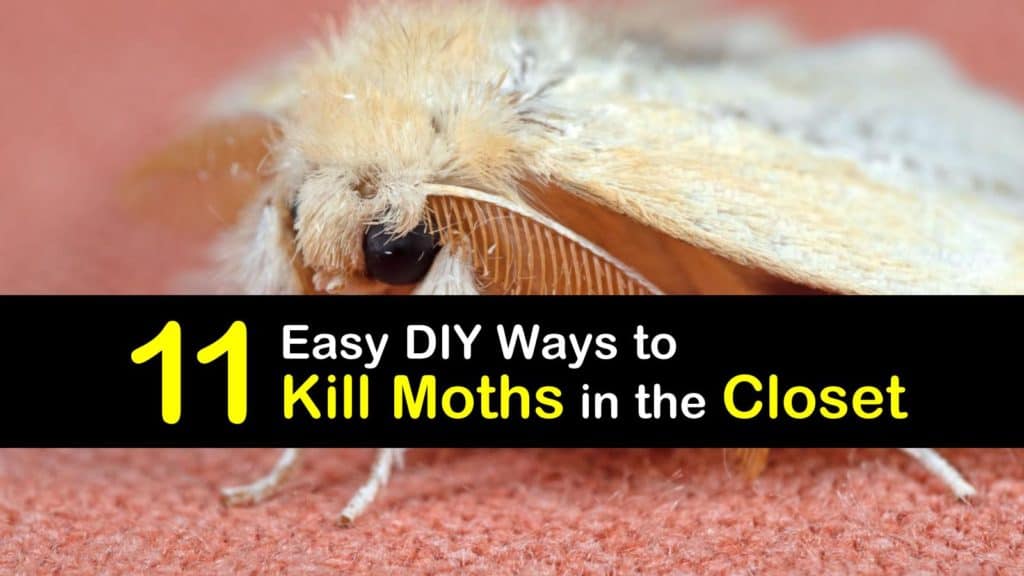Table Of Content

If you notice the moths, you will likely need to find the eggs and larvae and kill them. The insect lays eggs in secluded spots (like closets or storage boxes) with plenty of food, which includes wool, fur, down, shed pet dander, and other animal-based materials. Larvae emerge within a few weeks, and may cause damage for a couple of months.
Launder Before You Store
Act quickly, and you can keep your clothing off the moth menu. Be particularly careful of grains, nuts and riceMoths both feed on and lay their eggs in these foods, so dispose of any open containers of these products. Buy a natural moth sprayA natural moth spray will deter moths from clothing, carpets, and other fabrics, protecting your belongings without damaging them. It's also an excellent alternative to a chemical-based spray that can harm children and pets. Hang clothing made from natural fibres on cedar hangersCedar is a natural moth repellant, so switching from plastic hangers to cedar can do wonders to prevent moths.
Natural DIY Remedies to Get Rid of Pill Bugs
To create a cedar closet inside your home, hang cedar rings from string throughout your wardrobe. Cedar blocks placed around the perimeter of the closet floor or along shelves also effectively deter moths and are the best way to get rid of silverfish. With how dangerous mothballs are, it makes sense that more people are looking for natural methods for how to kill moths as they don’t leave behind nasty odors and carry little to no risk. Avoid attracting moths and house beetles to your home by not leaving pet food out overnight.
How To Get Rid Of Moths If They're Wreaking Havoc In Your Home - HuffPost UK
How To Get Rid Of Moths If They're Wreaking Havoc In Your Home.
Posted: Wed, 28 Apr 2021 07:00:00 GMT [source]
Case-Bearing Clothes Moth (Tinea pellionella)
Another way to get rid of moths without much DIYing on your end is by using a moth trap. Moth traps emit pheromones that attract moths to its sticky tape. Moths also like to munch on animal-based fabrics like wool, silk, or cashmere. Because of this, you should seal these clothes up in the off-season—use a vacuum bag or air-tight under-the-bed storage. Don't forget to throw some cedar blocks or lavender sachets in there too.
How to get rid of maggots in the house – 5 simple steps that never fail, say pros
Check in these spots for signs of creamy white larvae with a brown head. They're hard to miss as one female moth can deposit anywhere from 50 to 1,000 eggs at a time! They’re also known to leave behind a musty smell in greater numbers.
Common Clothes Moth (Tineola bisselliella)
How much of each herb is required depends on how many bags you make. Crush herbs inside a larger container with a mortar and pestle before placing inside bags or envelopes. Homemade moth traps from flypaper and fish oil also work to attract and kill moths. Be careful not to place the flypaper too close to your clothes as it is super sticky and adheres to your clothes and leaves behind a mess. Also called the mill moth, the Mediterranean flour moth has grayish wings with black and tan mottled patterns and a wavy black and gray pattern across the center.
How to get rid of clothes moths
Wipe down all shelves using a cleaning solution with vinegar. For food stored in containers, look for any signs of infestation and throw away if necessary or toss everything to play it safe. Storing food in airtight containers is one of the best ways of preventing pantry moths. At the same time, you’ll also help avoid a roach or larder beetle infestation.
“It’s very difficult to keep bees alive through the winter, especially bees that aren’t being taken care of by a beekeeper,” he added. These simple steps can stop maggot infestations before they even begin. 'There are also safer organic approaches like using enzyme cleaners and introducing natural predators like beneficial nematodes,' says Brett. Once you have located all the maggots, it's important to kill them in order to properly dispose of them.
How to Get Rid of Pantry Moths and Worms
They infest food and lay their eggs on and around the food source. Pantry moths feed on dry food stored in your pantry such as cereal, grains, flour, beans, seeds, nuts, dried fruits, spices, chocolate, candies, dry pet and bird food, and powdered milk. Moth balls are made up of a chemical pesticide that slowly emit a gas that kills moths and their larvae. Moth balls are often used in drawers, under-the-bed clothing storage, or any other area that's sensitive to moth damage. Moth balls can last up to a year, and can be found in the cleaning section of nearly every major grocery store.
For example, suppose you see tiny brown or gray insects fluttering in your kitchen or coming out of closets. So, just killing the house moths doesn’t get rid of them for good. Instead, you must find where the eggs and larvae are and eradicate them.

For some infestations, such as that of the Casemaking moth, it’s necessary to call a professional exterminator as removing all of their food sources is nearly impossible. The Indian meal moth is identified by its bi-colored forewings that are dark bronze to brown on the lower half and mottled gray on the upper half. Moths aren’t the most harmful pest you can find in your household, but they can cause plenty of damage to clothes, food, and other belongings. If you have allergies, moths can be a nuisance to your symptoms. Adult moths aren’t a big threat to your home on their own, but their larvae commonly eat through fabric, especially cotton and wool, and dry goods like bread and pasta.
Codling moths, tomato hornworms, cabbage loopers, and diamondback moths are all known to damage fruit and vegetable crops. While in the lawn, sod webworm and fall armyworm can be problematic. Many moths are also attracted to light and may often enter other rooms in your house. New research offers insights into why moths seem to go toward artificial lights.
The case-bearing clothes moth is a destructive pest in homes. The house moth is identified by its mottled brown color, a brown tuft of hair on its head, and fine grayish hairs on its wing tips. The wing patterns are lightly mottled with one large dark spot and several indistinct smaller ones.
When dealing with a moth infestation, people often see the adult moths first, but the real pests are larvae that are small, white and frequently hidden in food sources. Remember that you’re pursuing not only the pantry moths themselves, but also other stages in the insect’s life cycle. So check under the lids of jars; moths are known to lay eggs here. Also known as Indian meal or Indianmeal moths, pantry moths are related to closet moths and are just as destructive in another part of the house. Plodia interpunctella are particularly drawn to dried foodstuffs such as grains, spices, pasta, and dried fruits.
The brown house moth originated in Asia but is now found worldwide. Commonly seen in the summer months, these moths have brown spotted wings with a wingspan of millimeters. Some home-invading moths are referred to as clothes moths because they are attracted to fabric. Two species of clothes moths are the webbing clothes moth and the casemaking clothes moth. Other moth species produce larvae known to feed in the pantry—on chocolate, dried beans, rice, pet food, cereal, flour, grains, and other pantry goods.













